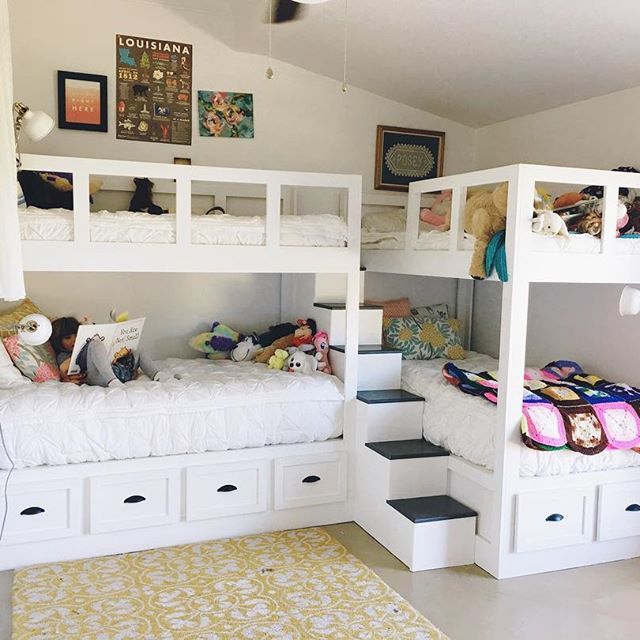You may also consider placing a lamp or clip light to further improve bunk bed safety so that the ladder can be illuminated at night and youngsters can climb down safely.
Bunk beds age requirements.
On average there are 36 000 per year and the sad thing is that they re completely preventable.
Parents should also consider very carefully whether allowing a child younger than six to sleep on the bottom bunk is safe for them toddlers can get trapped.
16 cfr parts 1213 and 1513 consumer product safety standard for bunk beds.
These rules reduce risks to children from being trapped.
Because of the height associated with the loft levels these injuries are often more serious than if the same type of injury occurred on a regular furniture item lower to the ground.
Current guidelines recommend that the upper bunk is not suitable for children under the age of six.
Bunk beds that are designed or intended for children 12 years of age or younger are subject to surface coating requirements lead and phthalate content limits testing and certification and tracking label requirements.
In the us there are thousands of bunk bed related injuries every year.
What age are bunk beds suitable for.
Every bunk bed must have an affixed label that states the bed s manufacturer model and mattress size information and advises against placing children under six years of age on the upper bunk.
The standard also contains requirements for a warning label manufacturing identification and consumer information regarding intended use of the bed.
Bunk beds must have continuous guardrails on both sides of bed.
Babies should always have their own cots.










